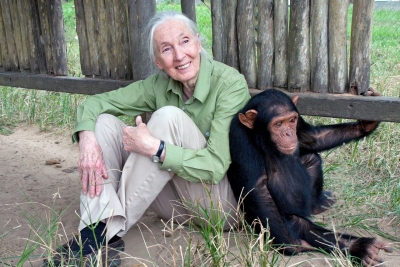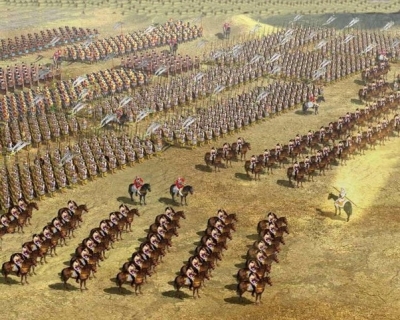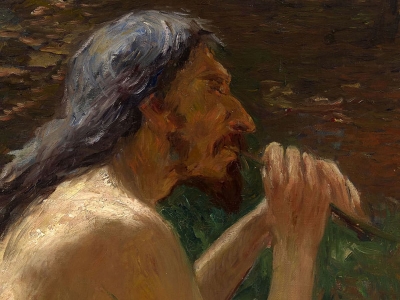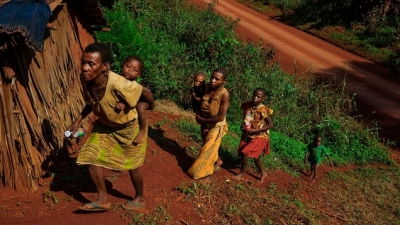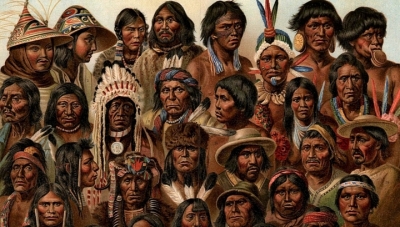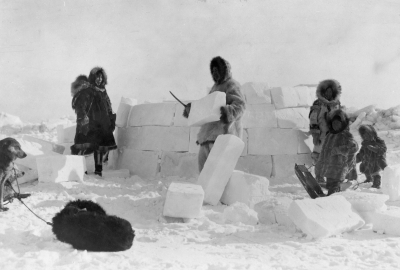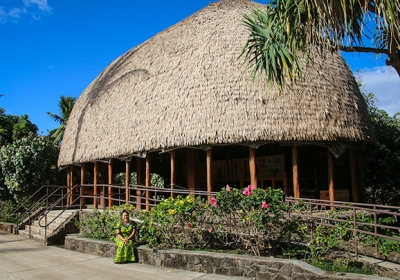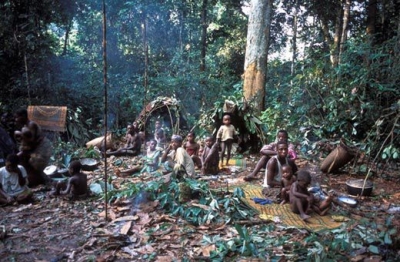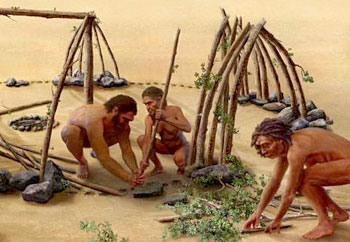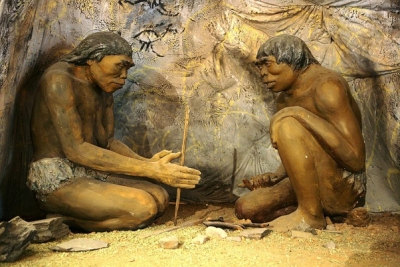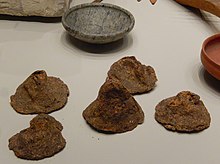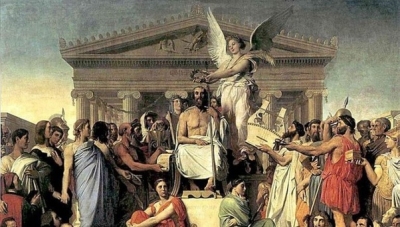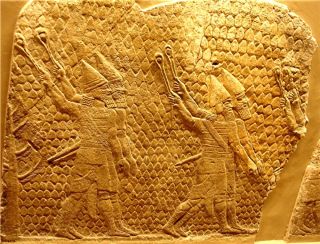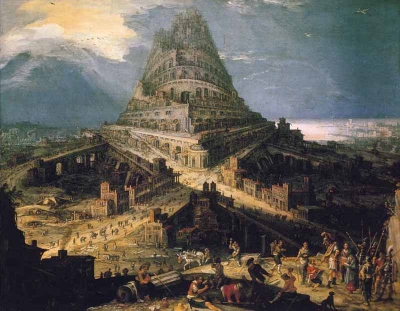What are the interesting facts about the Pyramids of Giza?
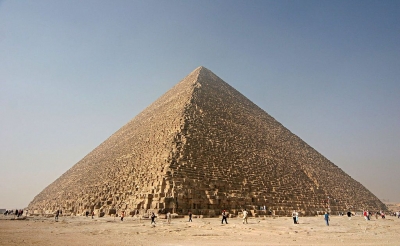
The Great Pyramid of Giza, located on the bank of River Nile in Egypt is one of the Seven Wonders of the Ancient World. Relics of Egypt's Old Kingdom era, they were constructed nearly 4,500 years ago. Egyptian pharaohs (kings) erected temples and giant tombs for themselves to sustain them in their afterlife. These tombs that we know as pyramids were filled with all the things the pharaohs would need in their afterlife, including gold, boats to carry them. and small tombs for the officials and relatives they would like to accompany them. Today, the Great Pyramid is the oldest and the only remaining ancient wonder of the world.
1. The three pyramids
The Giza pyramid complex has three pyramids. The first pyramid, known as the Great Pyramid of Khufu, was built by Pharaoh Khufu. It is the tallest among the three and was built around 2550 BC. It stands at 481 feet above the plateau.
The second pyramid was built by Khufu's son, Pharaoh Khafre in 2520 BC. Khafre also built the Sphinx, a mysterious limestone monument of a lion with a pharaoh's face.
The third pyramid, which is the smallest of the three, was built by Pharaoh Menkaure, son of Khafre, in 2490 BC.
2. The weight of the Great Pyramid
The Great Pyramid of Khufu took nearly 20 years to build. The massive structure required 2.5 million limestone and granite blocks to build. While some of the limestone blocks were quarried from near the site. the larger granite stones were fetched from Aswan, nearly 800 km away. Each stone block on average weighed 2.5 tonnes. The pyramid was built by skilled Egyptian workers who lived in a temporary city close by. When it was completed, the Great Pyramid was the tallest structure in the world. It retained the title for nearly 3,800 years, when it was finally overtaken by the Lincoln Cathedral in the 1300s. Experts estimate that the Great Pyramid would cost over 1 billion dollars if it were to be built today.
3. Aligned to the stars
The three pyramids of the Giza necropolis are built in such a way that they are perfectly aligned with the Orion constellation.
4. The monument of Glorious Light
In its initial years, the Great Pyramid was covered in highly polished limestone blocks known as casing stones. These stones reflected the Sun's light so well that the people of ancient Egypt used to call the Great Pyramid Ikhet, meaning GloriouS Light. The casing stones are now gone. It is suspected that massive earthquakes loosened the stones and they were taken away to build mosques in Cairo.
5. Depicting life in ancient Egypt
The interiors of the Pyramids of Giza are decorator with scenes from every aspect of life in ancient Egypt. The art includes depictions of carpentry, costumes, ancient farmers working in their fields, fishing, religious rituals and burial practices among others. The pyramids also contain inscriptions and texts that allow experts to research ancient Egyptian language and grammar.
Picture Credit : Google
